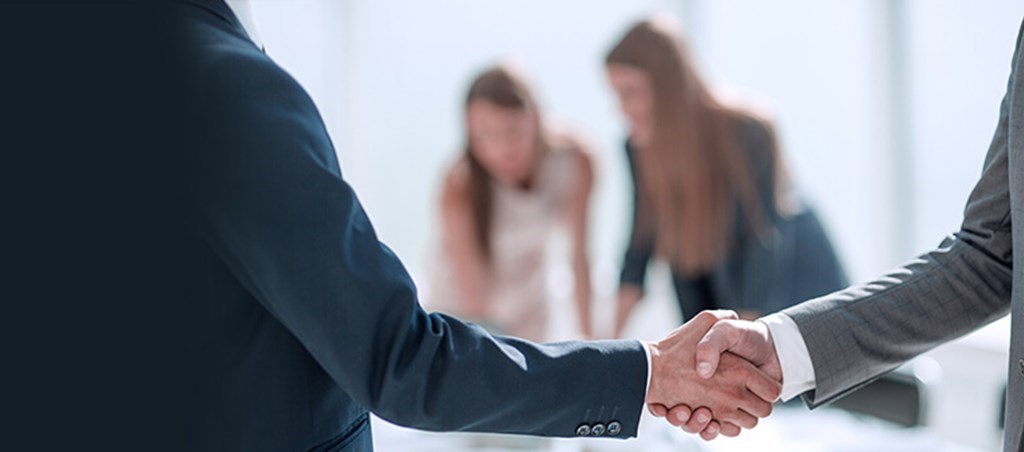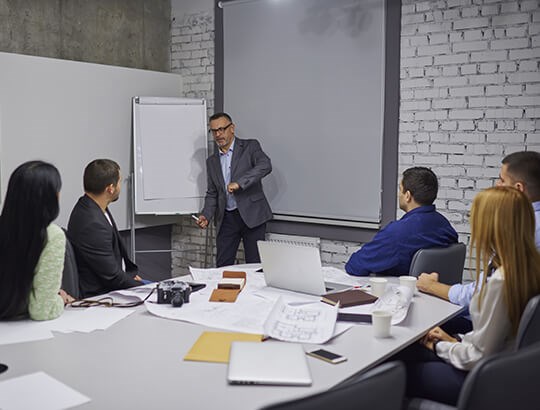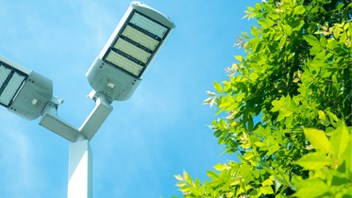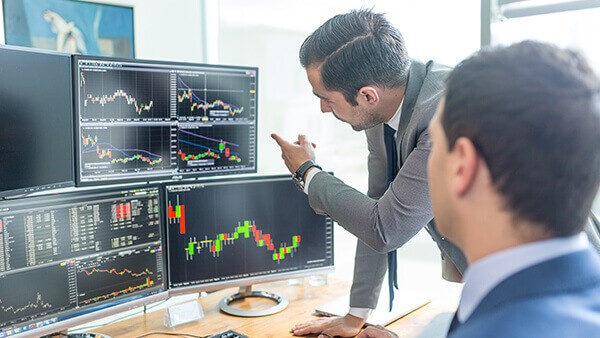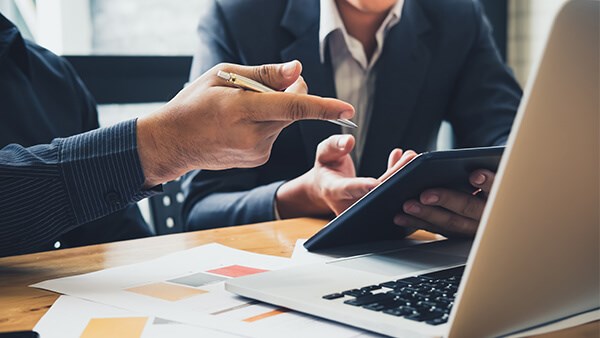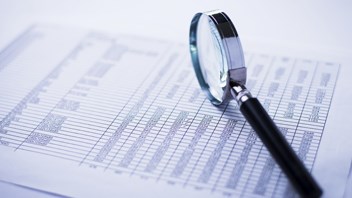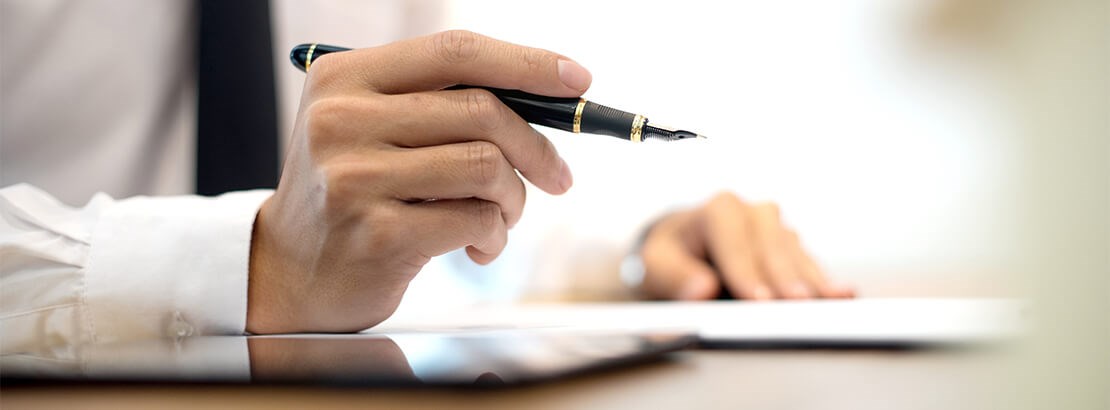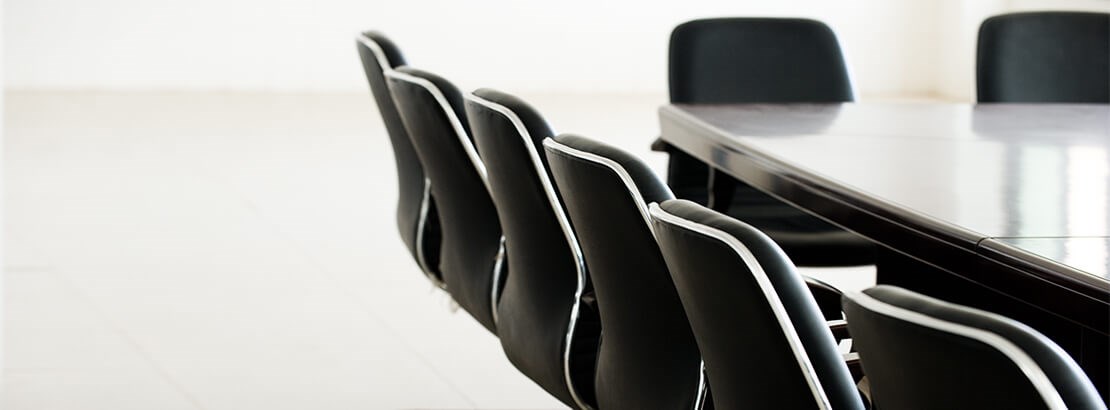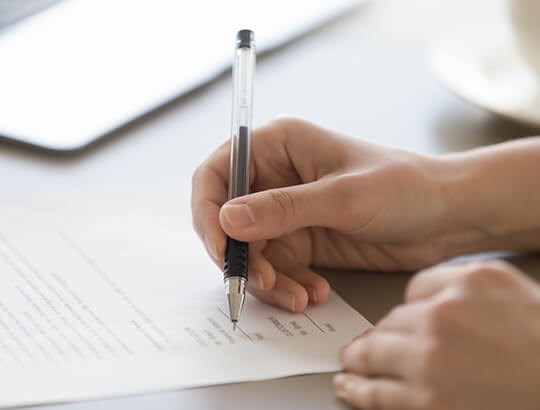Another global bank that comes up in the news a lot is the World Bank, and like the International Monetary Fund, it is not a bank that many people are familiar with. Generally speaking, that’s because the World Bank is also not a traditional bank that serves individuals. It is an international organization that plays a role in the economies of many countries. So, in this article we will try to shed some light on who and what is the World Bank.
What is the World Bank?
Like the International Monetary Fund (IMF), the World Bank is an organization made up of the membership of 189 countries that share expertise and resources to achieve two (2) goals
- To end extreme poverty– their current published goal is to “reduce the share of the global population that lives in extreme poverty to 3 percent by 2030”
- To promote share prosperity– their current published goal is “increasing the incomes of the poorest 40 percent of people in every country”
Why and how of the World Bank?
The World Bank Group (WBG) is a family of five organizations :
- The International Bank for Reconstruction and Development (IBRD),
- The International Development Association (IDA),
- The International Finance Corporation (IFC),
- The Multilateral Investment Guarantee Agency (MIGA) and
- The International Center for Settlement of Investment Disputes (ICSID).
Only two of these—the International Bank for Reconstruction and Development (IBRD) and the International Development Association (IDA)—are what people commonly mean when they use the words “World Bank.” This is because the IBRD and the IDA provide loans and grants to middle-income and low-income countries, which is the main and most important activity of the WBG.
The World Bank was founded in 1944, and the IBRD, its original arm, was responsible for the reconstruction of post-war Europe. It is owned by the national governments who are its members, and all member countries have a representative on its board of governors. The president of the World Bank comes from the largest shareholder, which is the United States, and its headquarters are in Washington, D.C., across the street from its sister organization, the International Monetary Fund.
Every country in the United Nations is a member of the WBG, and all of them participate in at least the IBRD and usually in the IDA and one or more of the WBG’s other three organizations. The remaining three (3) complementary organizations, among other things, encourage investment in developing countries, help governments with privatization and reducing investment risks, settle disputes between investors and governments, and provide insurance against certain types of risk, including political turmoil.
What does the World Bank do?
As mentioned in the introduction, its job it to end extreme poverty and share prosperity. It achieves these goals by offering loans at preferential rates to member countries, including interest-free loans and grants to the poorest countries. Although it makes profits, these profits are used to support its efforts to reduce poverty.
The World Bank focuses on fields such as education and health, agriculture and rural development, environmental protection, infrastructure such as roads and electricity, and large industrial construction projects. It encourages the governments who receive loans to put in place policies that promote sustainable growth, health, education, social development, the environment, private business, and economic reforms. Loans are often linked to wider policy changes. For example, a loan to improve the environmental management of coastlines may be linked to the implementation of new regulations to limit pollution.
The World Bank and Egypt
In Egypt, the World Bank concentrates on financing sustainable projects and encouraging young entrepreneurs to help drive our economy further and bolster the production of clean energy, lower generation costs, and diversify the country’s energy mix. IFC is one of the investors in the world’s largest solar installation, the Benban Solar Park with an electricity production capacity of 1,650 megawatts and will help avoid 2 million tons of greenhouse gas emissions a year, the equivalent of taking about 400,000 cars off the road.
The IFC also structured a public-private partnership (PPP) to finance, design, construct, operate, and maintain The New Cairo Wastewater Treatment Plant.
This month, IFC and MIGA, signed an agreement to support the development of a 252-megawatt wind farm by Lekela in Egypt’s Red Sea governorate. IFC will provide USD 84 million in financing while MIGA will offer USD 122 million in financial guarantees.
Critics of the World Bank
There are groups that are passionately opposed to the World Bank and the IMF and who feel that the World Bank’s efforts make things worse. For example, critics have claimed that the conditions it attaches to loans focus too much on economic reforms, and that by not considering local social and environmental issues these reforms often increase poverty. In fact, a 2004 study of the World Bank’s support for oil and mining projects showed exactly that. As a result, the World Bank has reduced its involvement in the oil and mining sectors in favour of green energy projects.

